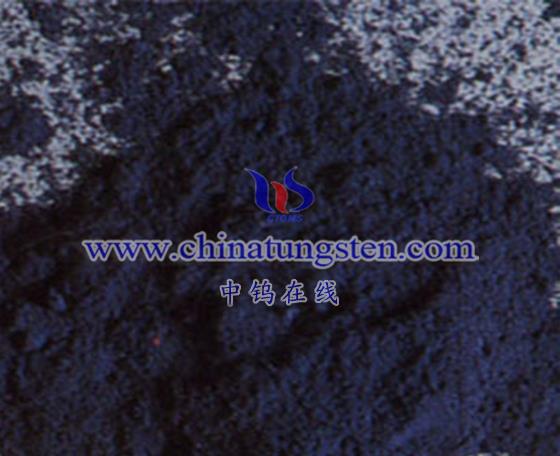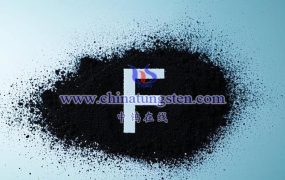
Tungsten oxide pseudocapacitor materials have a wide range of applications in various fields due to their unique energy storage mechanisms and excellent performance. The main applications of tungsten oxide pseudocapacitor materials are as follows:
- Supercapacitors
1.1 High Energy and Power Density
Tungsten oxide pseudocapacitor materials store energy through Faradaic reactions, providing higher energy density compared to traditional electric double-layer capacitor materials. Additionally, their fast charge and discharge characteristics ensure high power density, allowing supercapacitors to charge and discharge rapidly to meet instantaneous high-power demands.
1.2 Long Cycle Life
Tungsten oxide pseudocapacitor materials show good cycle stability during charge and discharge, with minimal performance degradation after many charge-discharge cycles. This results in supercapacitors having longer service lives and lower maintenance costs.
1.3 Environmentally Friendly and Low Cost
Tungsten oxide materials are relatively inexpensive and environmentally friendly, meeting sustainability requirements. Additionally, their preparation process is simple, helping to reduce production costs.
- Photoelectrocatalysis
2.1 Photoelectrocatalytic Water Splitting
Tungsten oxide (especially tungsten trioxide) has great potential in photoelectrocatalytic water splitting. Its suitable bandgap (2.6–2.8 eV), excellent electron mobility, and hole diffusion ability allow tungsten trioxide electrodes to achieve a theoretical photocurrent density of 4 mA/cm² under AM 1.5G light, which is a very high photocurrent density.
2.2 Improving Photoelectrocatalytic Efficiency
However, the nanostructured tungsten trioxide faces the issue of fast recombination of photo-generated electrons and holes, which reduces photocatalytic activity. To address this, researchers have sought to improve photoelectrocatalytic performance by composite materials (such as hollow titanium dioxide quantum dots) to increase light absorption and contact area with the electrolyte.
- Electrochromic Devices
3.1 Dual Function of Electrochromism and Energy Storage
Tungsten oxide is one of the most promising inorganic electrochromic and energy storage materials. It achieves color change and ion and electron storage through the oxidation and reduction of tungsten ions. Electrochromic devices and supercapacitors, which are based on the same oxidation-reduction reactions and have the same device structure and electrolyte materials, can thus be fabricated as dual-function electrochromic and energy storage devices. The energy storage level of these devices can be estimated by the color change.
3.2 Flexible Wearable Devices
Tungsten oxide and its composite films can be directly deposited on flexible transparent conductive substrates to create bendable, lightweight, and cost-effective electrochromic and energy storage dual-function devices. These devices have significant applications in wearable electronics and flexible displays.
- Gas Sensors
Tungsten oxide is an n-type semiconductor material with excellent gas sensitivity. Therefore, it can be used to manufacture gas sensors that detect various gases (such as CO, CH4, NOx, SO2, NH3, H2, etc.) and monitor their concentration changes.
Conclusion
Tungsten oxide pseudocapacitor materials have extensive application prospects in supercapacitors, photoelectrocatalysis, electrochromic devices, and gas sensors. As science and technology continue to advance, research and applications for tungsten oxide pseudocapacitor materials will deepen and expand.
More details of tungsten oxide product, please visit website: tungsten-oxide.com
Please contact CHINATUNGSTEN for inquiry and order of tungsten oxide:
Email: sales@chinatungsten.com
Tel.: 86 592 5129595






